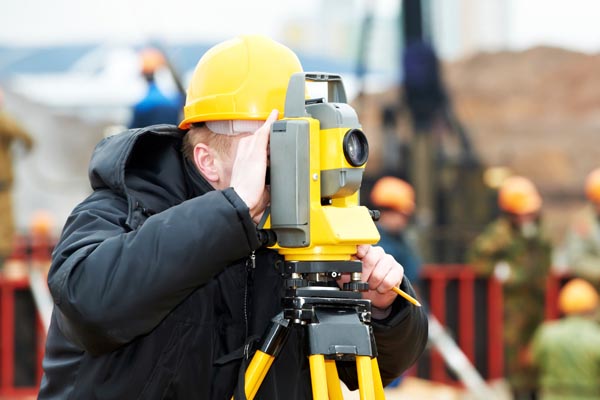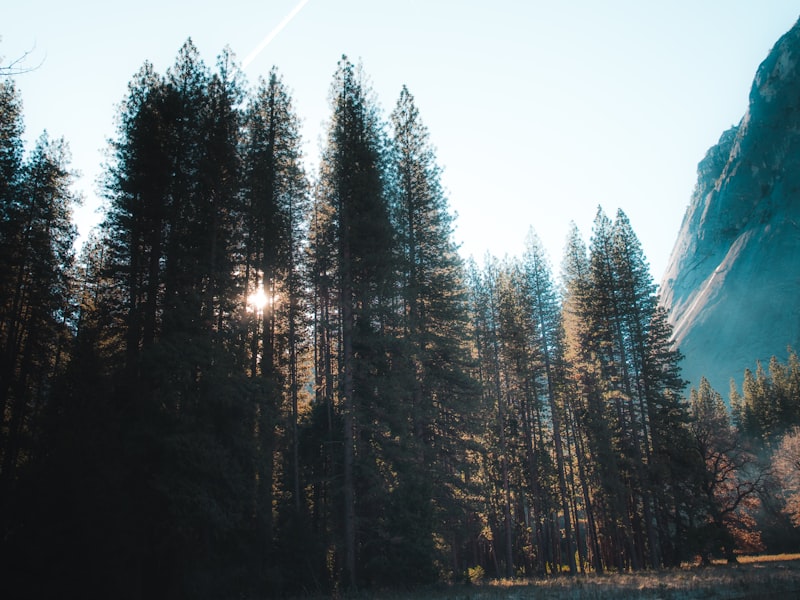
One of the challenges faced when utilizing traditional land surveying methods is the particular necessity of surveying regions that are covered by thick vegetation. Some surveying projects demand the measurement of such vegetation, while most applications need measurement of typically the terrain itself, instead than the plants covering this terrain. Topographic surveys might require the measurement of vegetation, based on their intended goal.
When on typically the ground, land surveyors may find that will traditional surveying machines are blocked by big trees or various other obstructions. They might be unable to traverse the area because of sharp hills, inconvenient avenues, or other organic or man-made characteristics. Combined, these features may make surveying difficult or even impossible from on the land alone, particularly in undeveloped areas. However, you will discover ways around these obstructions which let surveyors to create accurate and accurate surveys.
Some methods of surveying can easily penetrate trees in addition to groundcover. Among these types of is LiDAR, a new laser-based method. Since the laser unit is flown within the area in a great airplane, it will be ideal for intensely forested areas wherever access on feet may be hard or impossible.
Other surveying applications, on the other hand, require measurement of the vegetation. Similar airborne methods do not really penetrate tree tops, and thus can give an idea of the vegetation while even now allowing the inspector to work by a distance.
One particular type of surveying, referred to as 'vegetation surveying, ' is specifically interested in the vegetation found inside the area. In contrast to standard land surveying, vegetation surveying frequently depicts rough limitations, not strict lines. Vegetation surveying, or even the mapping of plant habitats, is usually a valuable tool for botanists, environmentalists, and other planet science applications. Dependent upon its designed use, a vegetation survey may indicate areas with plants and those with out, or the species of plant and even their density and location. These maps may be used to identify sensitive ecological areas (such as wetlands), map typically the spread of plants, or examine environmental changes following organic or man-made activities.
In cases in which vegetation surveying is desirable, measurements may possibly be taken employing aerial methods or using a surveyor's transit or complete station to measure vegetation height plus to formulate a new grid with the ground, onto which crops can be scored. The same grid can then be used by simply another surveying crew after a time period of your energy to assess within vegetation and even terrain.
While https://topographiclandsurveyorsyorkshire.co.uk/best-measured-building-surveyors-yorkshire/ may display vegetation or man-made features, an electronic digital terrain model (also known as a digital elevation model) generally only signifies the earth topography and terrain underneath the particular vegetation. Digital landscape models could possibly be referred to as bare-earth models, while Electronic digital Surface Models contain features such because vegetation.
There are many of surveying methods employed to create topographic surveys or electronic digital terrain models, for instance direct surveying (with a surveyor's flow or total station) or remote sensing technologies such as aerial and dish imagery, LiDAR approaches, and photogrammery. The most appropriate method depends on typically the area being surveyed and the volume and type involving data required. Several surveying methods utilized to create these kinds of models, such as palpeur, reflect the very best level point over an offered location, whether this is the leading of your tree or building or uncovered ground, while other folks are intended intended for the measurement of the terrain on its own.
